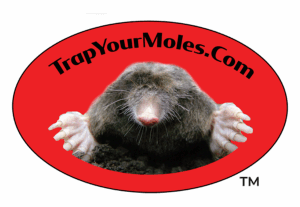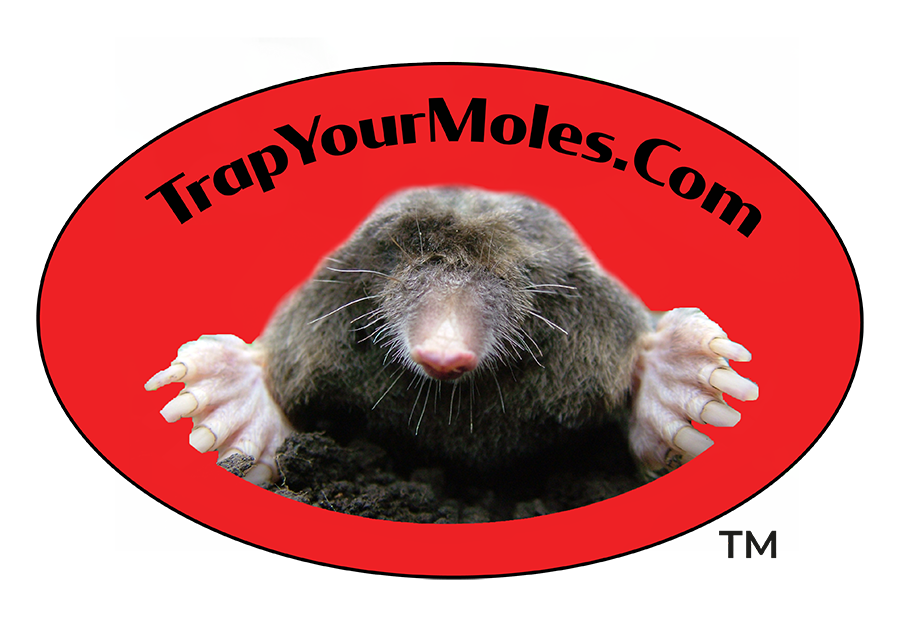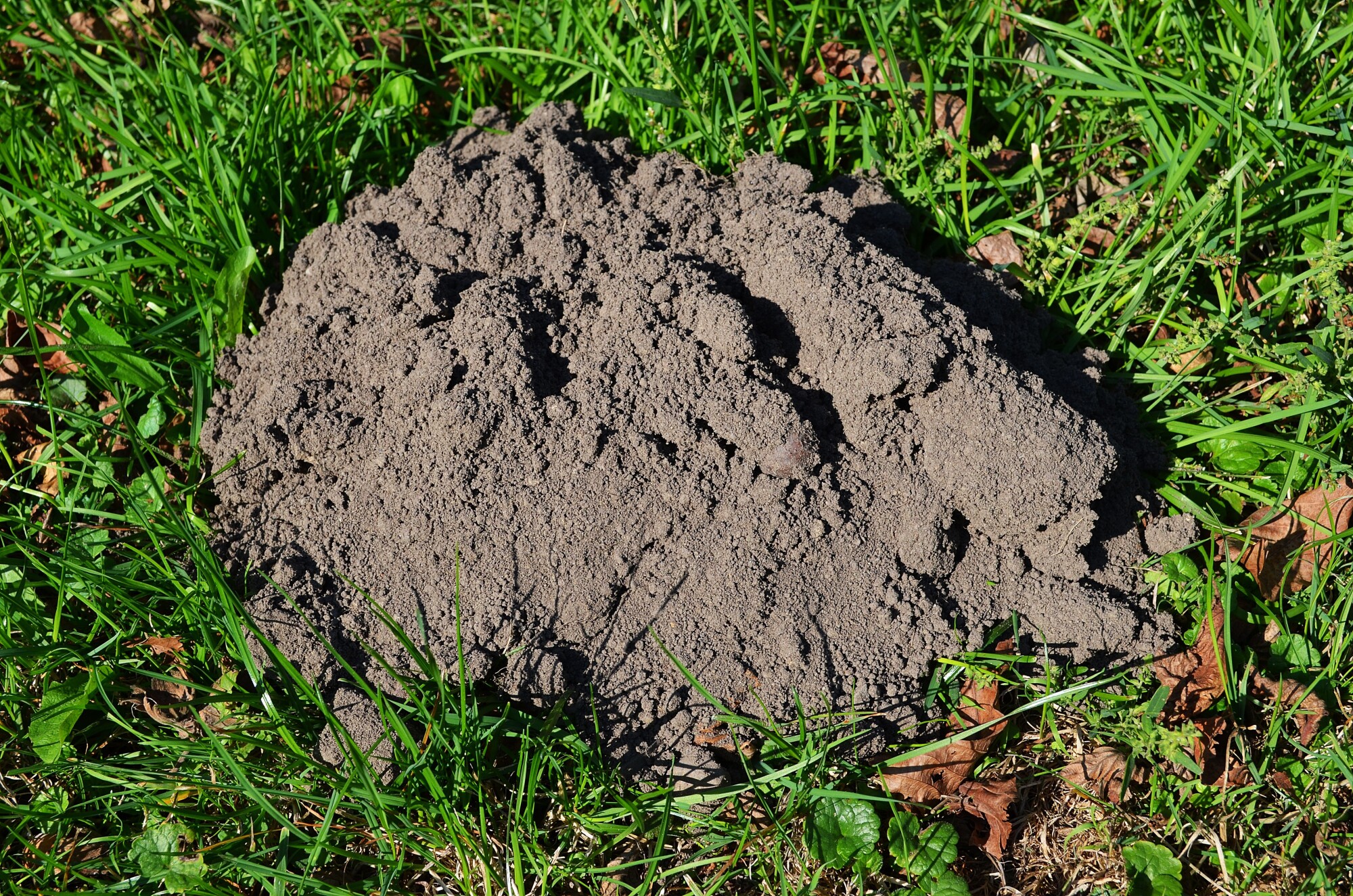If you’re one of the 33% of people who tend to their lawns several times a week, the last thing you want is a mole ruining your hard work. When your garden gets disrupted by these little critters, it’s time for action.
The sooner you deal with a mole problem, the better. However, it can be difficult to tell how serious the situation is.
With the right information, you can determine whether you need to hire a professional or if you can handle the issue on your own. Here are some of the most common signs that your mole problem has gotten out of hand.
Holes in Your Garden
If a mole moves in, you might see signs of digging around your home. These holes are usually about an eighth of an inch wide. However, they can be smaller or much larger depending on how much work was done by the moles.
Underground Noises
Moles make a lot of noise in the ground, which can be deceiving for those who are not familiar with mole habits. They’re digging tunnels and pushing dirt around as they look for food, mates, and places to raise their young.
You can put your ear to the ground and hear their movements. Keep in mind that finding a mole isn’t always easy, but the noise will give you a good idea of where to look.
Detached Plants
When moles tunnel beneath a plant, they push it up in the process. If you see this happening with your plants, inspect their root systems and look for signs of mole damage. You may see small holes in random areas.
This is the most common indicator that moles are near your home.
Lots of Weeds
If you’re noticing a lot of weeds in your lawn and don’t remember planting any seeds recently, this may be a sign of mole activity. When moles dig, they disrupt your soil. Overturned soil makes an ideal environment for weeds to grow.
Numerous Earthworms
Earthworms are good for your garden because they make your soil more stable. However, where there are lots of earthworms, moles are probably not far away. They’re one of their favorite foods.
Moles push more earthworms to the surface during their digging. You’ll see an unusually large number of these creatures in your garden. They may even start appearing near your garage or doorway.
Get Rid of Your Mole Problem
As you can see, there are a lot of indicators that you might have moles in your yard. The first thing to do if you think you have moles is to check out the ground around your home for signs of digging. If this proves the case, then you have to act quickly.
If you spot a mole tunneling through your lawn, call Trap Your Moles immediately. We can set traps around your property and get rid of your mole problem once and for all.




